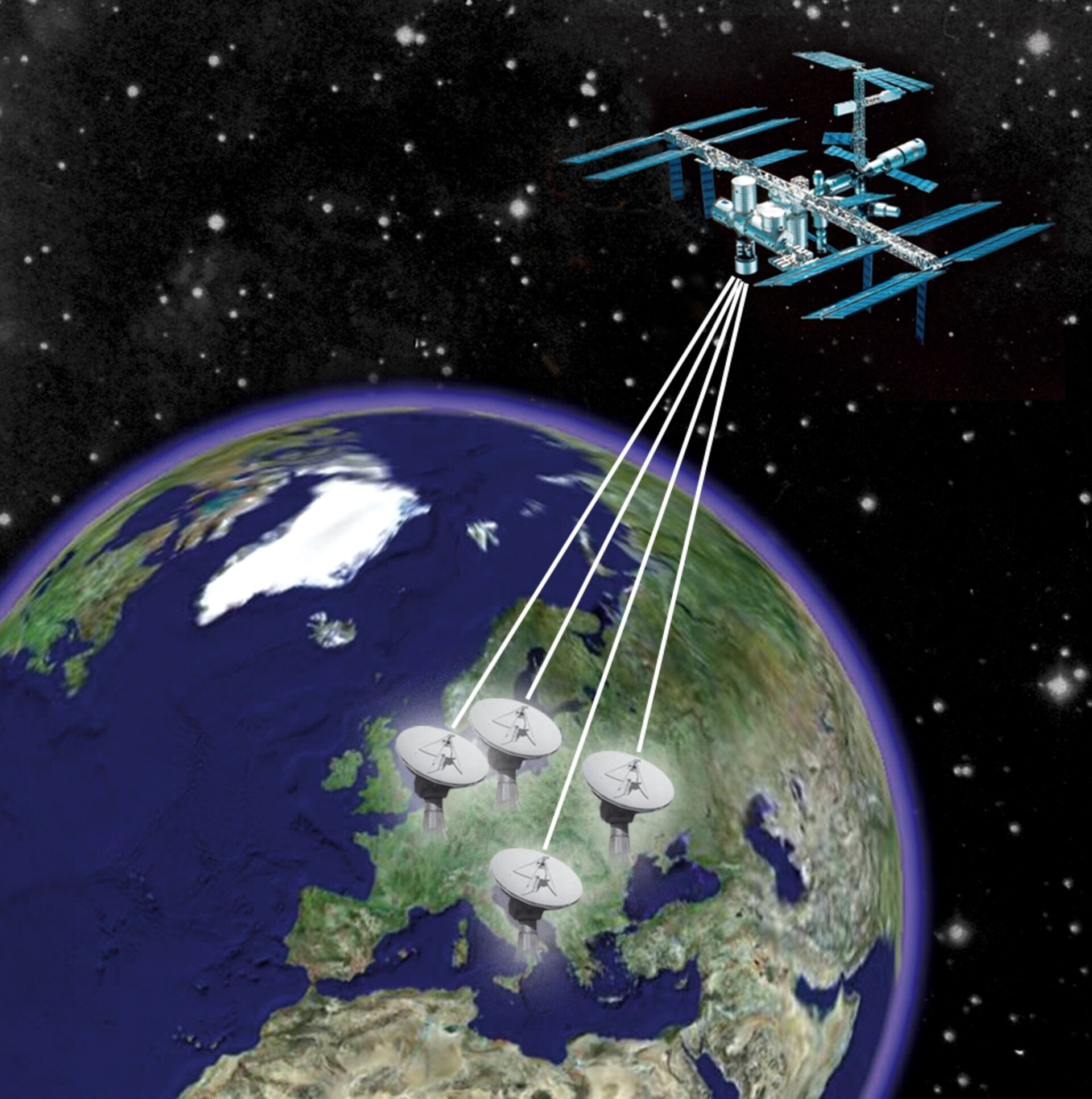Webinar: ACES – test of the general theory of relativity by atomic clocks in space

We would like to cordially invite you to a webinar on the very precise testing of Einstein’s general theory of relativity, or what the Atomic Clock Ensemble in Space (ACES) mission, which will be performed on the International Space Station (ISS), will bring. Luigi Cacciapuoti, project leader of the ACES mission, will introduce us to the mission on Wednesday, September 29, 2021 at 4PM online at:
Lecture content
Atomic Clock Ensemble in Space (ACES) is a project that develops high-performance clocks and connections to space to test fundamental laws of physics. From the International Space Station (ISS), ACES will distribute a clock signal with fractional frequency volatility and an inaccuracy of 10^-16, creating a global network to compare clocks in space and on Earth. ACES will provide an accurate measurement of the Einstein gravitational redshift, look for time variations of the fundamental constant and perform standard model expansion tests. The pair of on-board clocks – PHARAO and SHM – were tested and integrated into the ACES payload. Microwave (MWL) and optical (ELT) connections are currently being tested. This lecture will introduce the concept of the ACES mission, the basic technology of the clock and the science that it will bring.
Lecturer
Luigi Cacciapuoti is a researcher at the European Space Agency (ESA). He received his PhD. in physics from the University of Florence in 2001 for his study of magnetic and optical capture of laser-cooled atoms. During his postdoctoral fellowship at the Institut für Quantenoptik – Universität Hannover (IQO) and the Observatoire de Paris – Système de Référence Temps Espace (SYRTE), he contributed to experiments on Bose-Einstein condensate (BEC) and atomic filling clocks based on laser-cooled atoms. As a researcher back at the University of Florence, he worked on an atomic interferometric experiment to accurately measure Newton’s gravitational constant. In 2004, he joined ESA where he develops atomic quantum sensors for space research. He is a project leader of the ACES mission. His research interests include ultra-cold atoms, atomic clocks, time and frequency transmissions, and atomic interferometry for testing of the basic laws of physics. As a visiting scientist, he continues to contribute to atomic interferometry experiments at the University of Florence.
Original author: P. Bobík
This text was originally published on September 27, 2021.
 Contact
Contact Intranet
Intranet SK
SK






